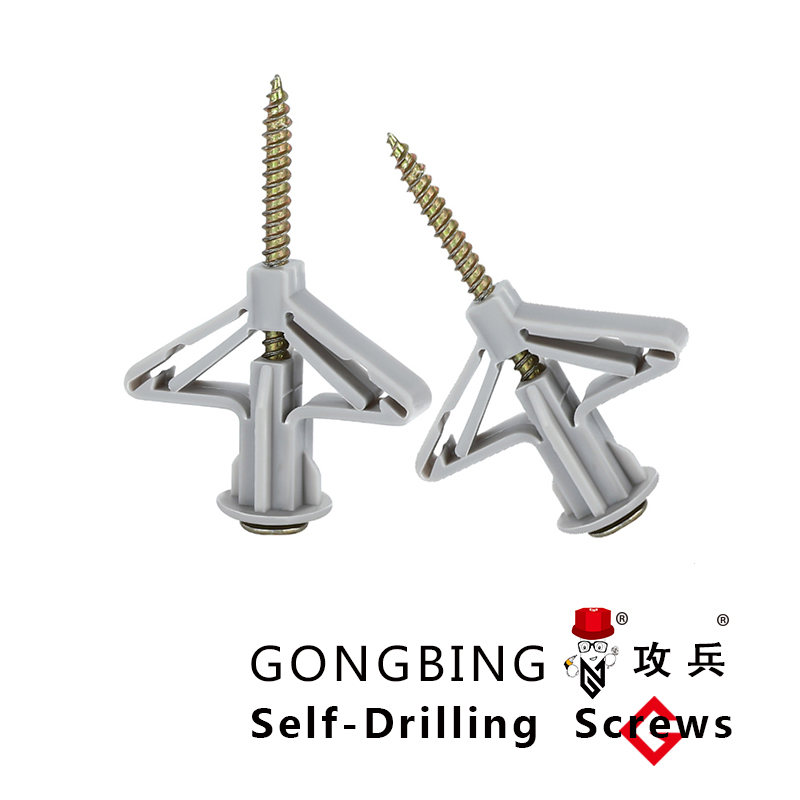steel deck bracing
Understanding Steel Deck Bracing Importance, Types, and Installation
Steel deck bracing is a critical aspect of modern construction, especially in the context of buildings and structures requiring significant strength and stability. As the demands for taller and more resilient buildings rise, so does the need for effective bracing strategies that can counteract lateral forces, such as wind and seismic activity. This article delves into the importance, various types, and installation methods of steel deck bracing.
Importance of Steel Deck Bracing
Steel deck bracing serves several essential functions in construction. Its primary role is to provide lateral stability to structural frames, enabling them to withstand forces that can cause twisting or collapsing. By distributing stress evenly across the deck, bracing helps maintain structural integrity, ensuring safety and longevity.
In addition to enhancing strength, bracing plays a crucial role in reducing deflection—an unwanted displacement that can lead to structural failure over time. This is particularly vital in steel deck applications, where the rigidity of the deck must be complemented by adequate bracing to avoid sagging or warping under load. Moreover, effective bracing allows for larger open spaces within a structure, providing architects and builders with more flexibility in design.
Types of Steel Deck Bracing
There are several types of steel deck bracing, each with unique characteristics and applications
. The most common types include1. Cross Bracing This involves two diagonal braces forming an X between vertical frames. Cross bracing is highly effective in resisting lateral forces and is commonly used in buildings and bridges.
2. K-Bracing In K-bracing, diagonal braces extend from the top of a vertical member to the bottom of the adjacent vertical member, forming a K shape. This design is advantageous in minimizing the amount of steel used without sacrificing strength.
3. Tension and Compression Rods These systems use rods to provide lateral support by being placed in tension (pulling) or compression (pushing). They are often used in conjunction with other bracing methods for enhanced efficacy.
steel deck bracing

4. Diaphragm Action This method involves the deck itself functioning as a structural component that transfers lateral forces to vertical supports. It is particularly useful in situations where flexibility within the structure is required.
Installation of Steel Deck Bracing
The installation of steel deck bracing requires careful planning and precision to ensure maximum effectiveness. The following steps outline a general procedure for installing steel deck bracing
1. Planning and Design Before installation, a thorough analysis of the structure must be conducted to determine the appropriate bracing type and layout. Structural engineers will assess the specific requirements based on the building's height, location, and design.
2. Fabrication Once the design has been finalized, the bracing components are fabricated according to specifications. This ensures that the materials are cut and shaped accurately to fit the structure.
3. Erection During the construction of the building, the bracing components are installed at designated positions. This step typically involves the use of cranes and other heavy machinery to maneuver large steel pieces into place.
4. Connection Secure connections between the bracing and structural elements are crucial for establishing a robust system. Welds, bolts, and other fastening techniques are employed to achieve strong joints.
5. Inspection After installation, the entire bracing system undergoes a thorough inspection to ensure compliance with safety standards and performance criteria. Any deficiencies must be addressed before the structure can be deemed safe for use.
Conclusion
Steel deck bracing is an indispensable element in modern structural engineering and construction. Understanding its importance, types, and installation techniques is vital for architects, engineers, and builders alike. As technology and materials evolve, the methods of bracing will continue to advance, ensuring that our structures remain safe and reliable in the face of environmental challenges. Ultimately, effective steel deck bracing not only enhances the strength of a building but also contributes to its overall aesthetic and functional appeal.
-
Weatherproof Plastic Expansion Anchors for OutdoorსიახლეებიJun.06,2025
-
Sustainability in the Supply Chain: Eco-Friendly TEK Screws ProductionსიახლეებიJun.06,2025
-
Load-Bearing Capacity of External Insulation FixingsსიახლეებიJun.06,2025
-
Double Head Bolts: Enhancing Efficiency in Industrial MachineryსიახლეებიJun.06,2025
-
Corrosion Resistance in Chipboard Screws: Coatings for Wholesale DurabilityსიახლეებიJun.06,2025
-
Butterfly Toggle Bolts : Enhancing Structural ResilienceსიახლეებიJun.06,2025
